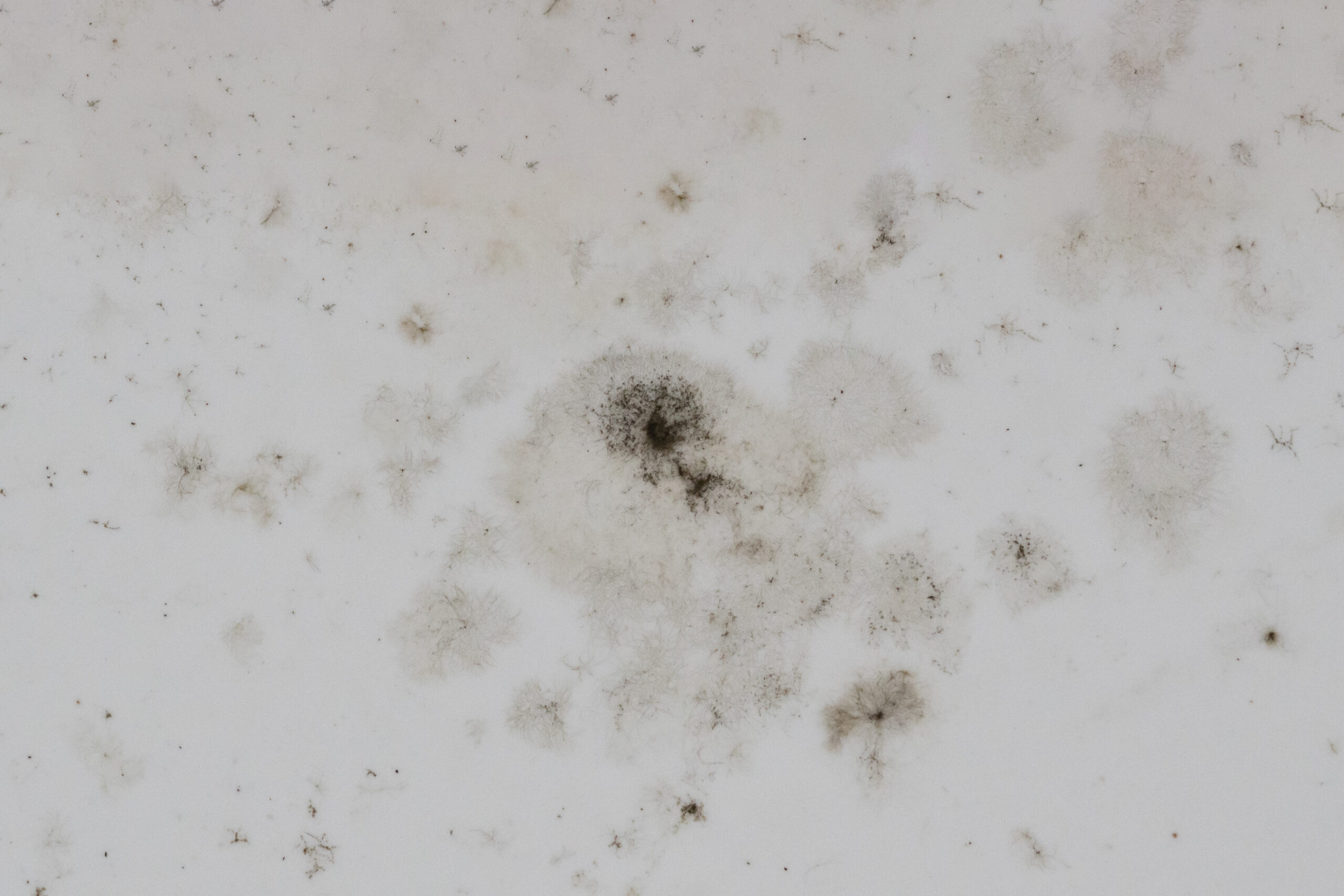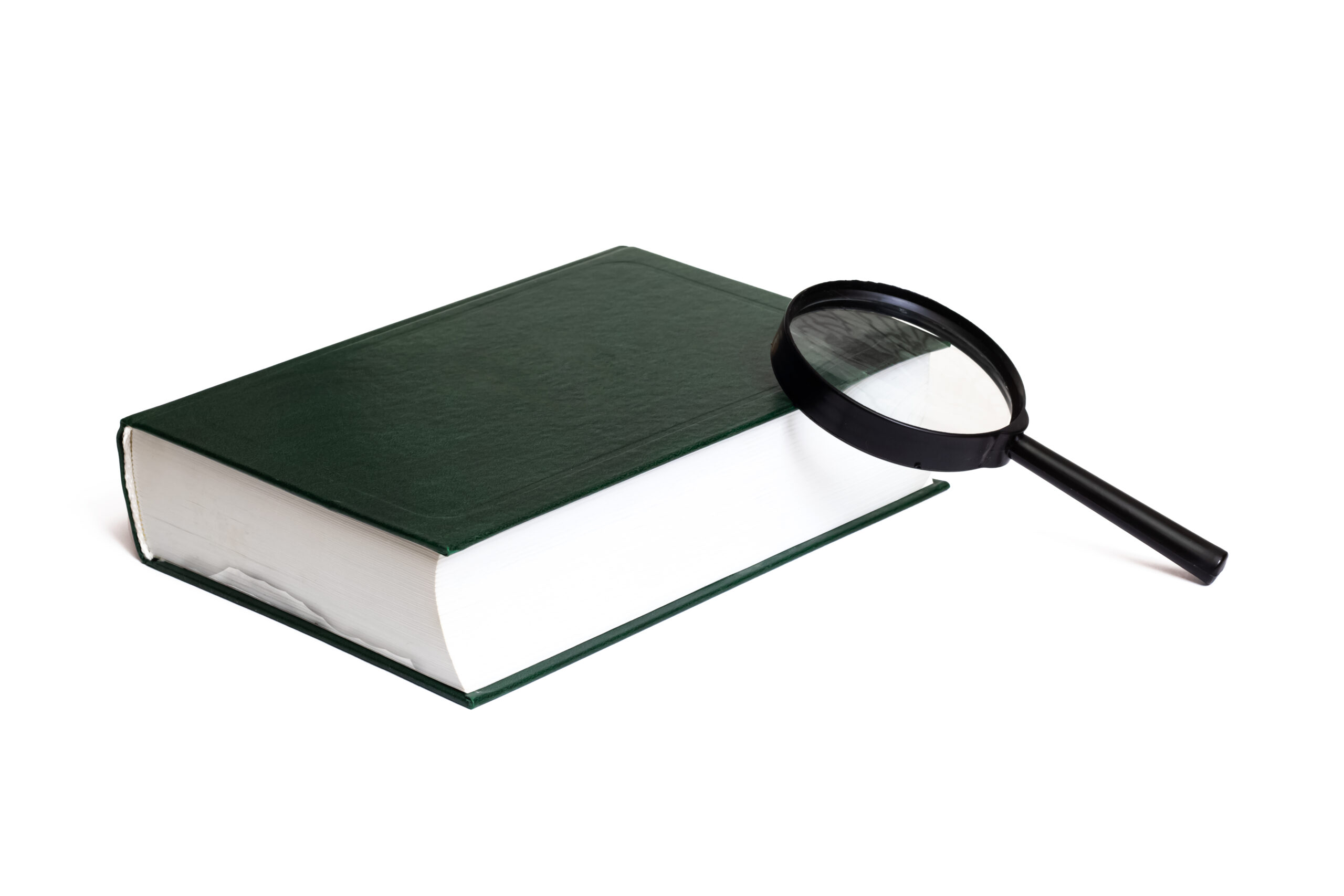There are more than 129 million books in the world, many of which, after being read, are stored in the bookcase for years, decades, or even centuries.
Therefore, it is inevitable that in some cases, especially if the books are in damp environments, mold will form.
Mold in books can be dangerous to their long-term preservation.
How do you recover moldy books and make sure they do not deteriorate over time?
In this article we will discuss:

How does mold form on books
Mold is an organism and as such needs to eat in order to survive.
Damp places, whether by nature or as a result of flooding or inundation, are the perfect target for molds.
Specifically, molds feed on the major components of paper. Moisture and varying temperatures help the proliferation of biotic attacks.
How do you recognize mold on paper

One of the first things that indicates the presence of mold is the smell.
A stale odor can often mean the presence of mold in your library or archives.
Once you detect the presence of mold on books, you will notice that the surface is soft and if it is active it will be damp, while it may sometimes be invisible in case it is quiescent and therefore dry.
However, mold can be toxic to humans so it is important to be able to recognize it and remove it as soon as possible.
What should we use to remove mold from books
To start eliminating mold from books, one must follow a specific process that includes a two-step process.
The first step is freeze-drying. The second step is that of disinfection.
The freeze-drying process occurs after freezing within controlled vacuum environments.
During this process, water is directly transformed from a solid to a gaseous state.
Once the water and thus the wet part of the book is removed, the action of the mold is blocked.
After a book has been freeze-dried, a surface treatment with fungistatic is carried out.
In this process, fungal hyphae are removed mechanically through the use of soft-bristled brushes and rubbers.
Lastly, there is the application of fungistatic by spraying.
Prodoc, has state-of-the-art facilities that do not need to employ chemicals to dry books and archives.
To find out more about Prodoc process to disinfect and mold removal read here.





